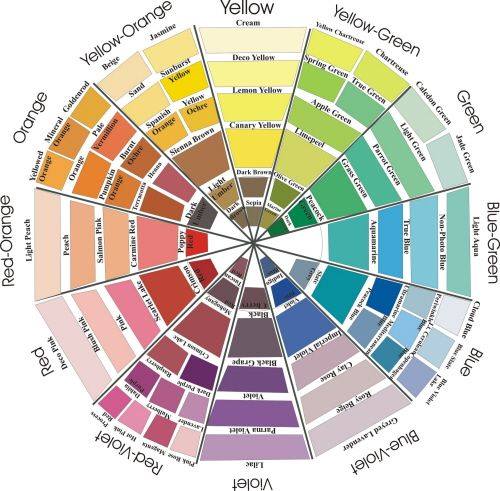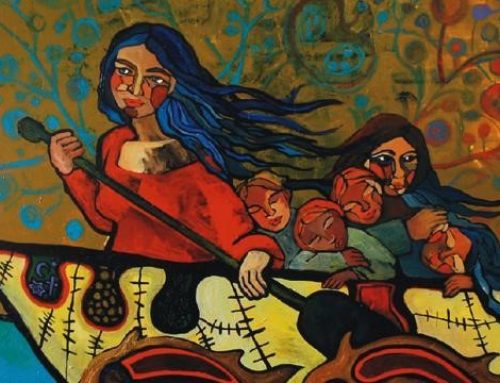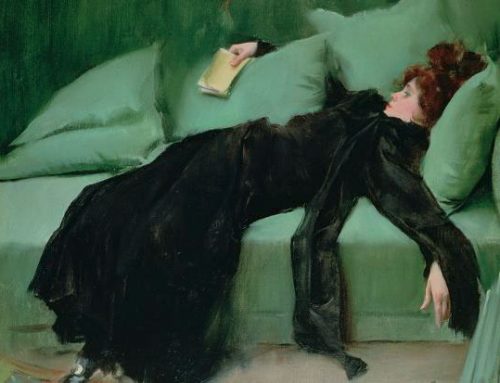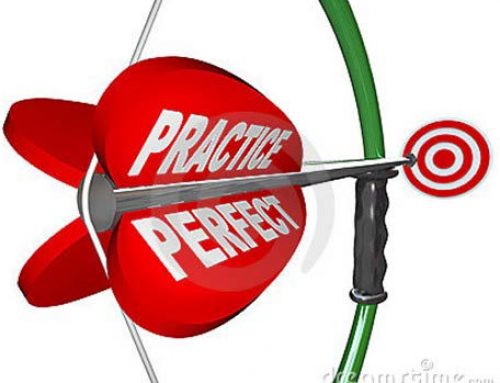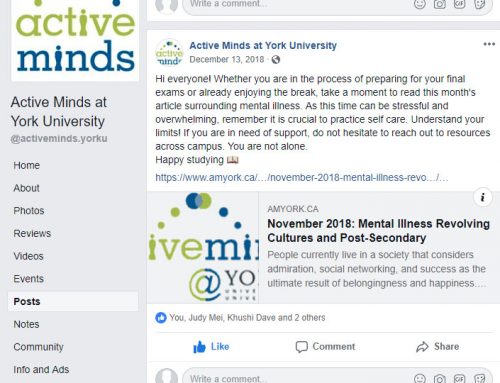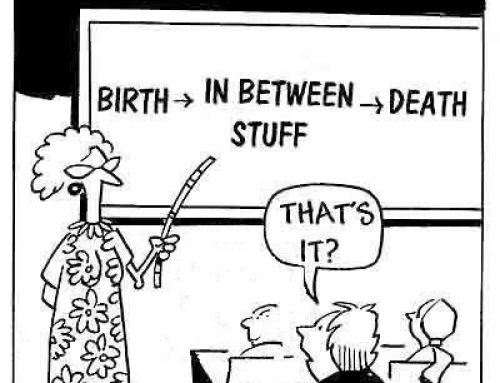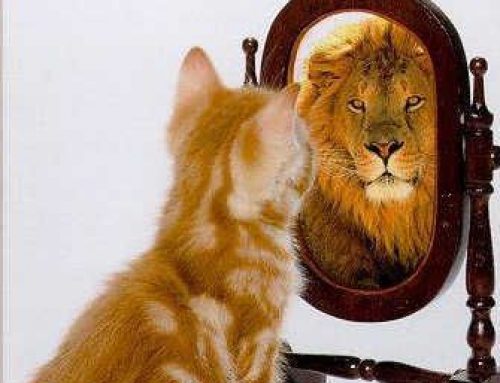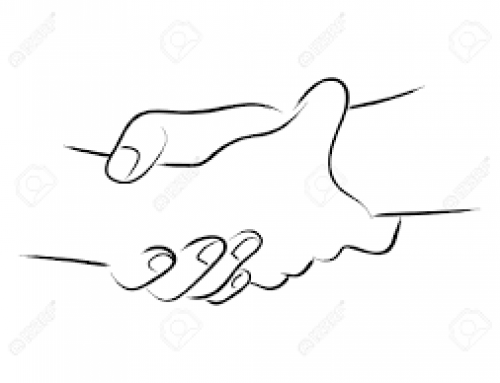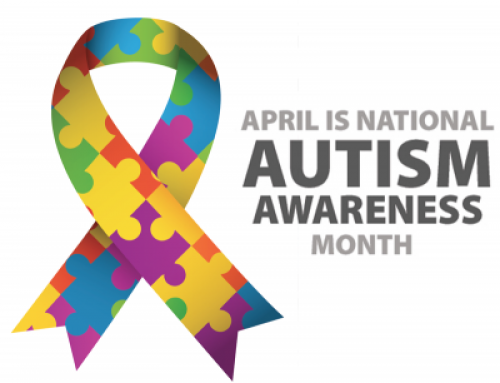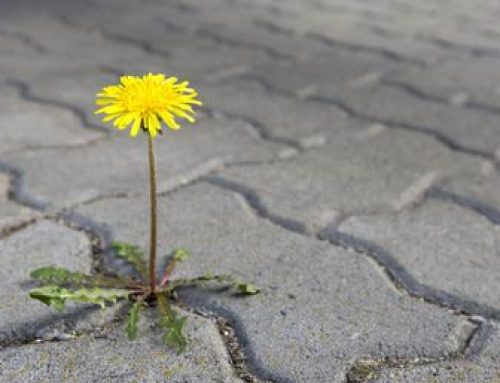Ever feel ‘out-of-sync’ with one of your friends, significant others, family? You know you both care about each other, yet you cannot stop the conflicts between you two. People constantly feel misunderstood, unappreciated and taken for granted on both sides. Everyone feels as if they are the ones who give more then they get.
Maybe a more academic, psychological way of understanding this could be taken from John Alan Lee’s colour wheel theory of love. Despite the somewhat cheesy name, this theory proposes that there are 6 different ways people show affection/love.
Obviously, people can be a mix of more than one type, however people usually have a “primary” type or a usual way of expressing affection/love.
The 6 types in John Alan Lee’s theory are:
- Eros – derived from the Greek word meaning erotic or passion. This type of love is manifested through extreme acts of passion, whether that be showing up at your door at 3am, intense physical affection, taking risks in order to be close with the person or to solidify the relationship. This type of person seeks excitement, variety and adventure when it comes to love and would express their affection in the same way.
- Ludus – Ludus means ‘game’ in Latin. This type of love consists of wanting to do things together. Such as go to events, workshops, do activities together. It’s a playful and goofy type of love. That is not overly jealous or possessive. They also enjoy the apprehension and anticipation that comes with seeing the other person. A person who uses this as their primary means of love/affection would be someone who is considered energetic and wants to immerse themselves in different possibilities of life. They aren’t particularly concerned with revealing their thoughts or deepest fears with someone, they are more looking for a partner to accompany them on indulging in activities together.
- Storge – Storge is characterized by a slow, gradual process of falling and showing love. This develops out of friendship first and has also been termed the ‘familiar love’. It is commonly seen among siblings and other families or deep friendships. It is primarily concerned with the commitment and the responsibilities each person has within the relationship, rather than excitement or passion. It grows from common interest or an extended period of time spent with that person. A person who primarily expresses this type of love would show their love by being consistent with their duties to that other person, being dependable and reliable to that person.
- Mania – This type of love is characterized by obsessiveness. They hold their partner to an extremely high ideal and almost worship the relationship. Ironically, a person who expresses their love primarily with this style is also extremely anxious about falling in love. It is hypothesized because they become overwhelmed with thoughts of their partner. Someone with this love style expresses that they ‘need’ their partner and for them love means rescue or a reinforcement of their own value.
- Agape – This type of love is characterized by true altruism. Pure selflessness, in wanting the best for the other person involved. This type of love expects nothing in return, and is willing to give without feeling resentment or bitterness. This type of love is often what religious text talk about in regards to unconditional love. Alan Lee thought this to be the purest form of love there is. A person with this love style differs from all the others in that they are not jealous or possessive, they also treat strangers as they treat close friends – willing to do acts of service and help someone out, they are forgiving and patient with people. A disadvantage is that they can be taken advantage of, or it can become martyrdom always sacrificing themselves for a greater cause to the point where its unhealthy.
- Pragma – This type of love is the most practical type of love according to this theory (hence the name). This type of love is realistic and see love as working towards a common goal or outcome with someone. They want tangible results and a practical application for loving someone. Someone with this type of love style usually has a set lsit of traits they want in a person, prefer someone who is familiar and wants to be around the familiar, and sees relationships in economic terms – a give and take process literally.
So everyone can be a combination of two types, but not three according to Alan Lee’s theory. You can also exhibit different love styles with different relationships. There is not a right or wrong style as all styles taken to their extreme can be detrimental.

